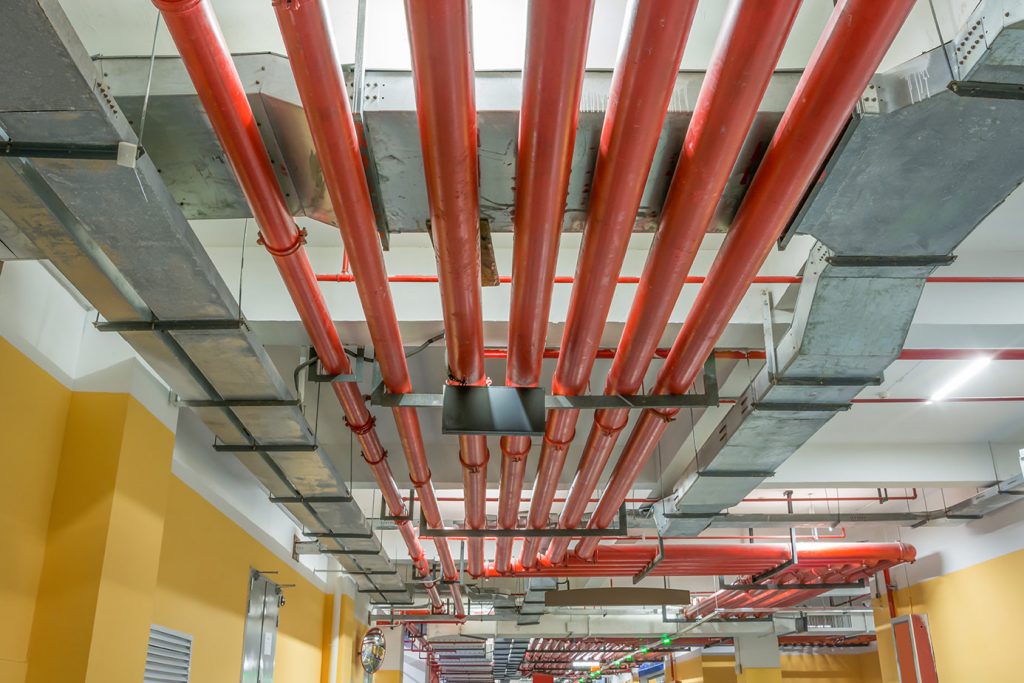When it comes to ensuring safety and protecting structures from fire hazards, choosing the right insulation is crucial. Fireproof insulation plays a vital role in preventing the spread of flames and reducing heat transfer. In this article, we will delve into the world of fireproof insulation, exploring the different types available and their applications. By understanding these options, you can make informed decisions to enhance fire safety in various settings.
- Mineral Wool Insulation:
Mineral wool insulation, also known as rock wool or slag wool, is a popular choice for fireproofing. It is made from natural minerals, such as basalt or diabase, which are melted and spun into fibers. These fibers create a dense and fire-resistant material that can withstand high temperatures. Mineral wool insulation is commonly used in commercial and industrial buildings, as well as in residential applications where fire safety is a priority. - Fiberglass Insulation:
Fiberglass insulation is another widely used fireproof insulation material. It is made from fine glass fibers that are woven together to form a mat. Fiberglass insulation is known for its excellent thermal and acoustic properties, but it also offers fire resistance. By impregnating the fibers with fire-retardant chemicals, fiberglass insulation can withstand high temperatures and slow down the spread of flames. This type of insulation is commonly found in residential and commercial buildings. - Cellulose Insulation:
Cellulose insulation is an eco-friendly option that provides fire resistance along with thermal insulation. It is made from recycled paper products, such as newspapers and cardboard, which are treated with fire-retardant chemicals. Cellulose insulation forms a dense barrier that hinders the progress of flames. It is commonly used in wall cavities, attics, and other areas where fire protection is essential. - Intumescent Coatings:
Intumescent coatings are a unique type of fireproof insulation that works by expanding when exposed to high temperatures. These coatings are typically applied to structural elements, such as steel beams or columns, to enhance their fire resistance. When the coating is exposed to heat, it expands and forms a protective layer, insulating the underlying material and delaying its failure. Intumescent coatings are commonly used in commercial and industrial settings where structural fire protection is critical.
Conclusion:
Choosing the right fireproof insulation is essential for safeguarding structures and ensuring fire safety. Mineral wool, fiberglass, cellulose, and intumescent coatings are just a few examples of the various types available. Each type offers unique properties and applications, catering to different needs and requirements. By understanding the characteristics and benefits of these fireproof insulation options, you can make informed decisions to protect your property and enhance fire safety measures.


More Stories
Key Technical Features and Performance Indicators of a Gypsum Mortar Production Equipment Weighing System
Building Facilities Construction
5 Creative Uses for Single Wire Hooks in Everyday Life